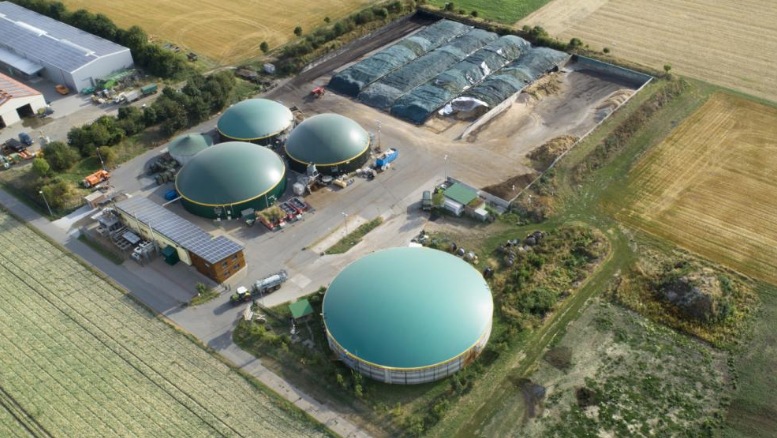Uttar Pradesh Leads India in Compressed Biogas Production (GS Paper 3, Energy)

Introduction
- Uttar Pradesh is emerging as a significant player in India’s renewable energy market, particularly in the production of compressed biogas (CBG).
- A recent report by the Center for Science and Environment (CSE) highlighted that Uttar Pradesh has the potential to produce 24% of India’s CBG.
- This revelation was made at a symposium in Muzaffarnagar, organized by CSE and the Uttar Pradesh New and Renewable Energy Development Agency (UPNEDA).
- The event focused on enhancing waste management, developing local clean energy solutions, and reducing dependence on imported compressed natural gas (CNG).
Strategic Importance of Western Uttar Pradesh
- Western Uttar Pradesh, encompassing towns such as Muzaffarnagar, Meerut, and Saharanpur, is strategically important for CBG production due to its abundant feedstock availability.
- The majority of the state's existing and planned CBG plants are situated in this region.
- Uttar Pradesh has the capacity to complete 1,000 of the 5,000 CBG projects planned nationwide under the Sustainable Alternative Towards Affordable Transportation (SATAT) scheme, leveraging just a fifth of its additional fuel resources.
State’s Bioenergy Policy and Support
- Uttar Pradesh has established itself as a leader with its ambitious bioenergy policy, which allocates Rs. 750 crore for CBG projects from 2022 to 2027.
- This policy includes subsidies and leasing options to support CBG producers.
- It aims to address common challenges, promote best practices, create new business opportunities, and educate local communities about the benefits of bioenergy.
Challenges Hindering CBG Adoption
Despite the optimistic outlook, the CBG sector in Uttar Pradesh faces several challenges:
- Bioslurry Management: Disposal of bioslurry, often viewed as waste, poses a significant challenge. There is a need for increased awareness of its value as an organic fertilizer.
- Inconsistent Gas Offtake: CBG plants often underutilize their gas production capacity due to inconsistent purchasing by oil and gas companies and the lack of nearby CNG pipelines.
- Skilled Personnel Shortage: The sector requires highly trained personnel to operate biogas systems, highlighting the need for specialized training centers.
- Financial Barriers: Banks are hesitant to lend to CBG projects due to perceived risks. Government-backed guarantees may be necessary to secure financing.
Solutions and Strategic Measures
To mitigate these challenges, several policy changes and strategic measures are being considered:
- Diverse Feedstock Use: Encouraging the use of various feedstocks to enhance sustainability.
- Farmer Partnerships: Involving farmers as partners in local bioenergy projects to ensure they benefit directly.
- Government Support: Increasing government assistance and ensuring transparent payment systems.
Conclusion
- By addressing these challenges and implementing strategic measures, Uttar Pradesh can strengthen its position as a leader in CBG production and contribute significantly to India’s renewable energy goals.


